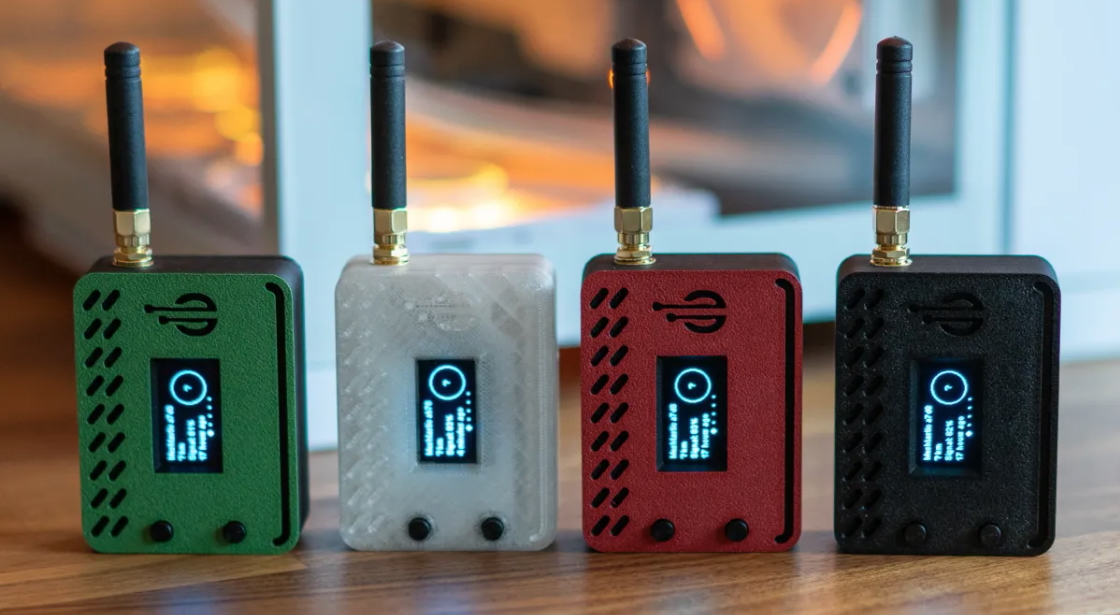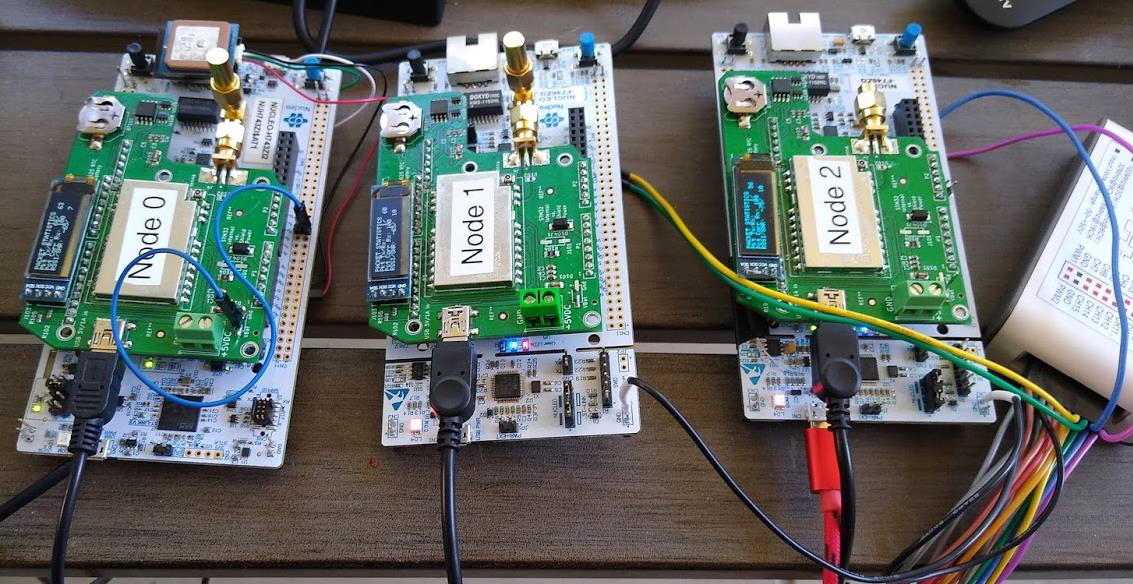DataSage: The Proof-of-Concept That Took on a Life of it's Own

The “Aha!” Moment That Started This Journey
You know, I’ve spent my career believing that technology should empower everyone, not just the experts. That’s why, when I started working with data analytics at Stanford, I kept thinking about my days at Apple Computer, trying to understand a bill of materials in an Excel spreadsheet. Margins up, expenses down—but what did it all mean? What was the story those numbers were trying to tell?
MeshCore vs Meshtastic: Why One Actually Works When You NEED It To Work
 You know what REALLY grinds my gears? And I mean REALLY makes me want to throw a radio into the ocean? It’s when people ask me, “Hey, what’s the difference between MeshCore and Meshtastic?”
You know what REALLY grinds my gears? And I mean REALLY makes me want to throw a radio into the ocean? It’s when people ask me, “Hey, what’s the difference between MeshCore and Meshtastic?”
OH, WHERE DO I BEGIN?!
It’s like asking what’s the difference between a surgeon and a guy with a chainsaw! Sure, they BOTH make cuts, but ONE of them knows when to STOP CUTTING!
Unleashing the Potential of Decentralized Communication: A Deep Dive into LoRa Meshtastic Networks
 In our increasingly interconnected digital world, networking has progressed far beyond conventional wired and centralized configurations. Leading this transformation are LoRa Meshtastic networks—a flexible, robust, and sustainable solution for long-distance communication. Let’s explore the intricacies of this network, its advantages, and the essential equipment needed to utilize its full potential.
In our increasingly interconnected digital world, networking has progressed far beyond conventional wired and centralized configurations. Leading this transformation are LoRa Meshtastic networks—a flexible, robust, and sustainable solution for long-distance communication. Let’s explore the intricacies of this network, its advantages, and the essential equipment needed to utilize its full potential.
What is a LoRa Meshtastic Network?
LoRa (Long Range) is a spread-spectrum modulation technique derived from chirp spread spectrum (CSS) technology. It is known for its capability to deliver exceptionally long-range data transmission with low power consumption. Meshtastic, an open-source project, leverages LoRa technology to create a decentralized mesh network. This empowers users to exchange messages and relay data over extensive distances without relying on conventional telecommunication infrastructures.